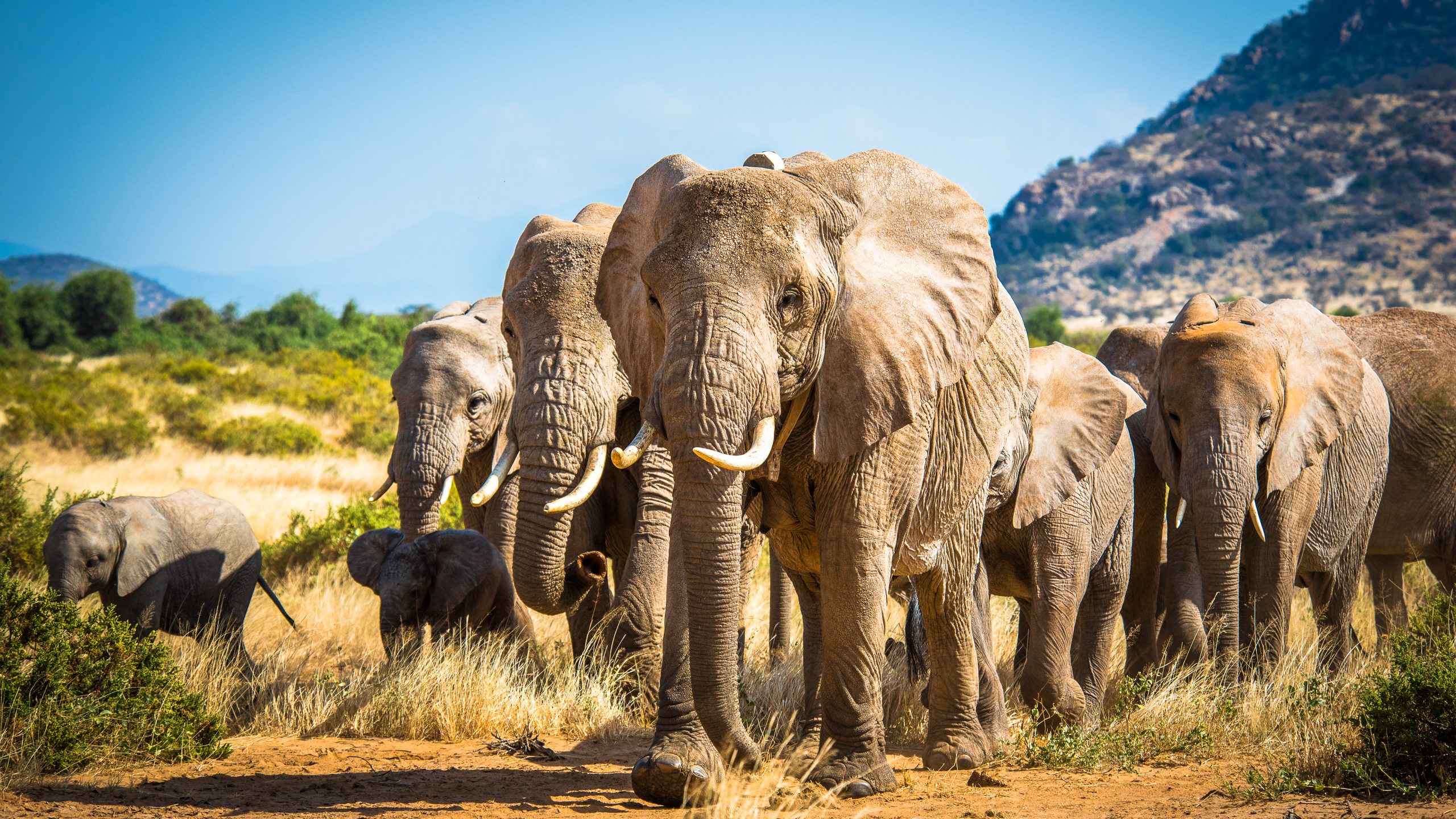FEATURED
African elephants address one another with individually specific name-like calls
Nature Ecology & Evolution
A groundbreaking study on African elephant communication has revealed that elephants, like humans, use ‘names’ to address each other.


